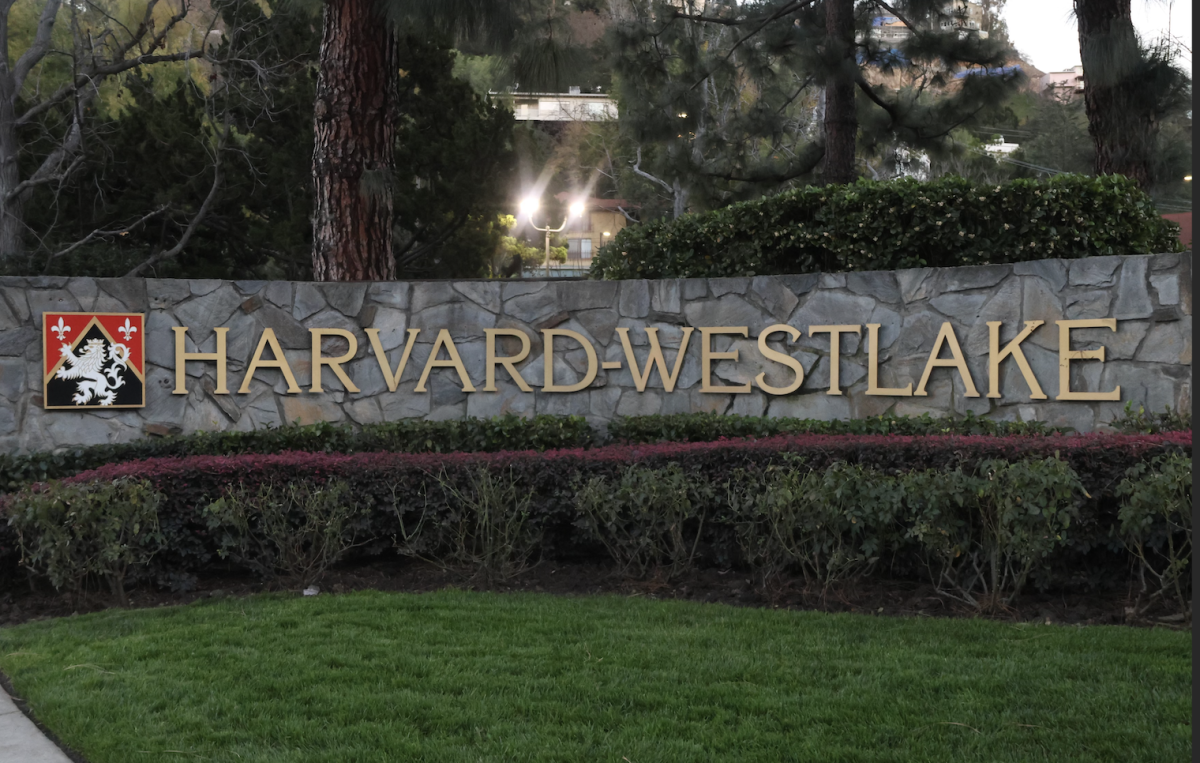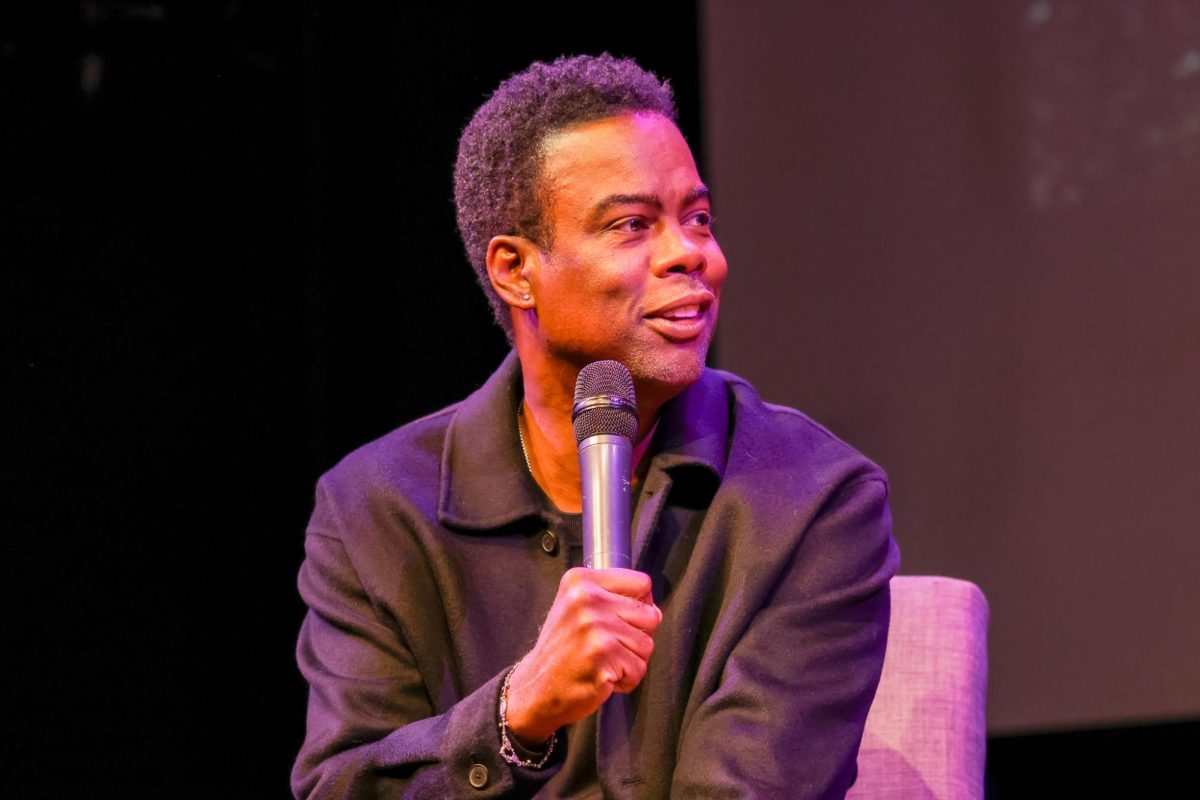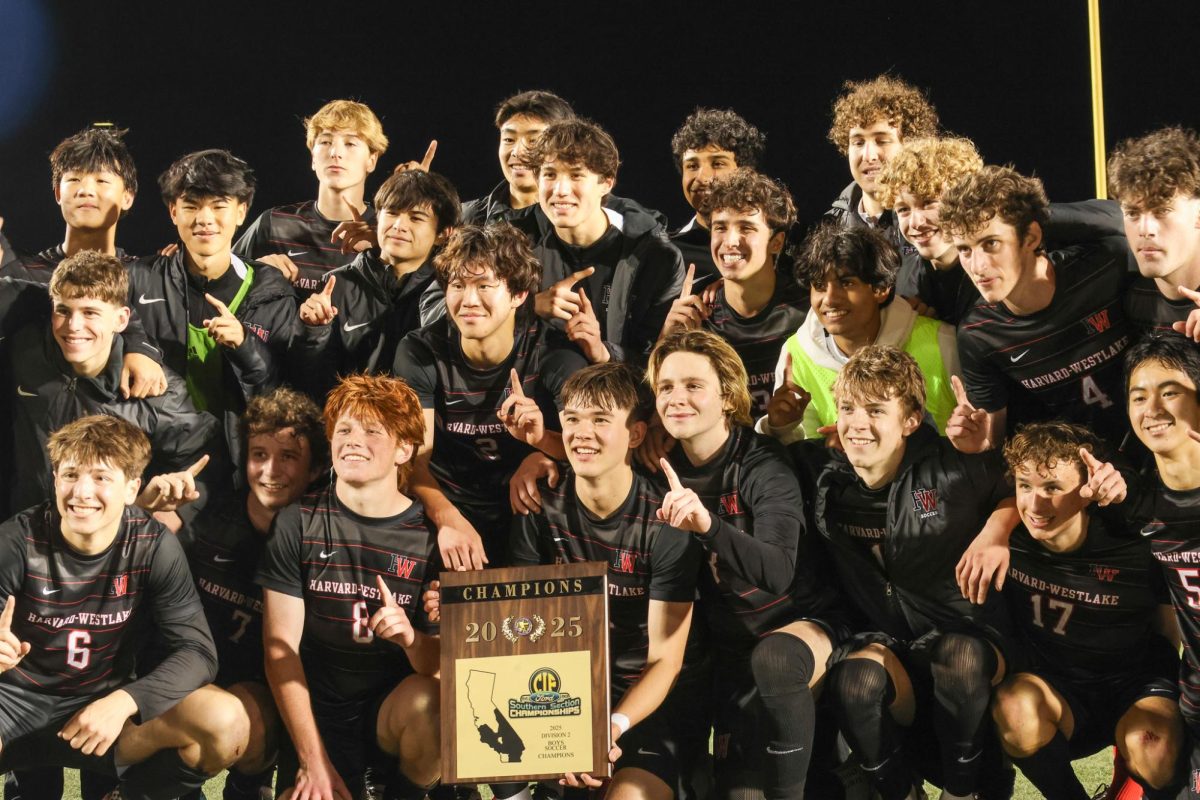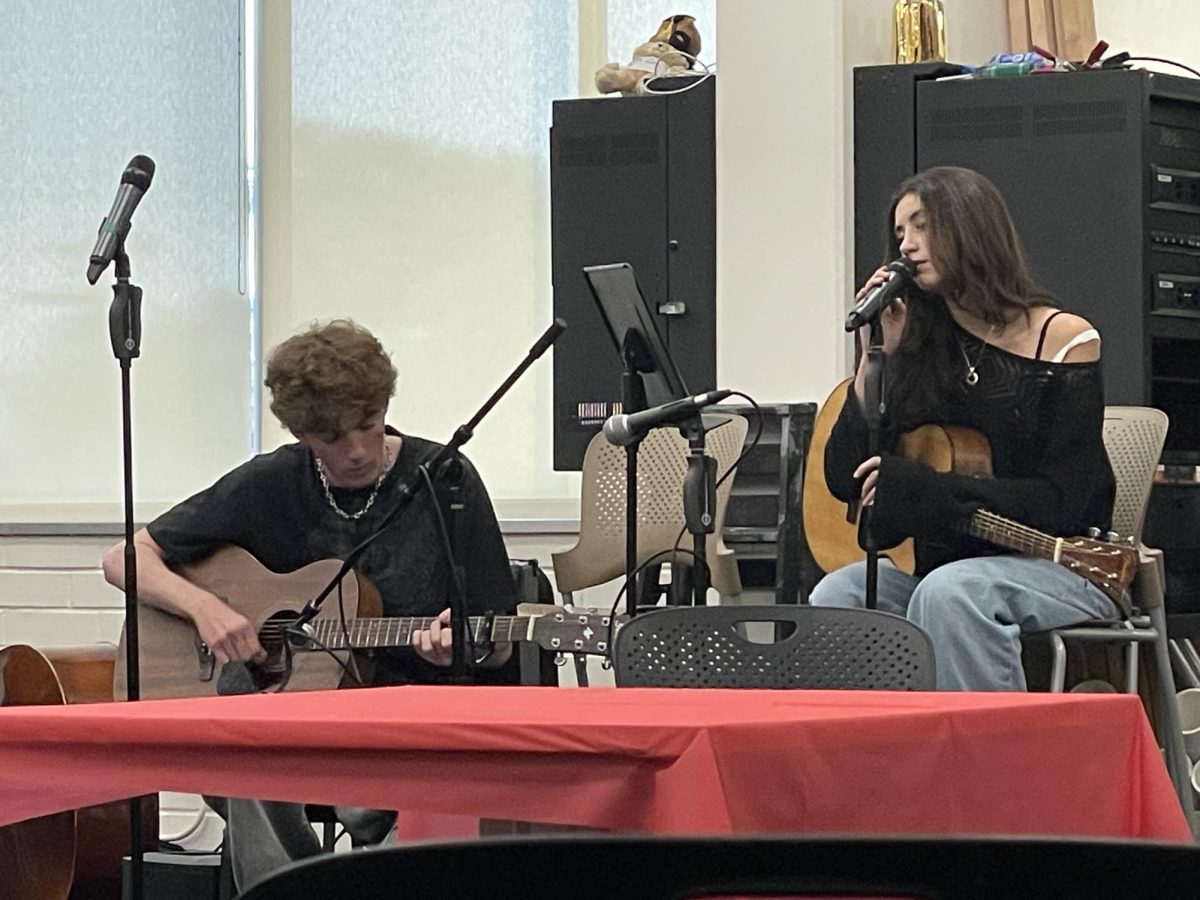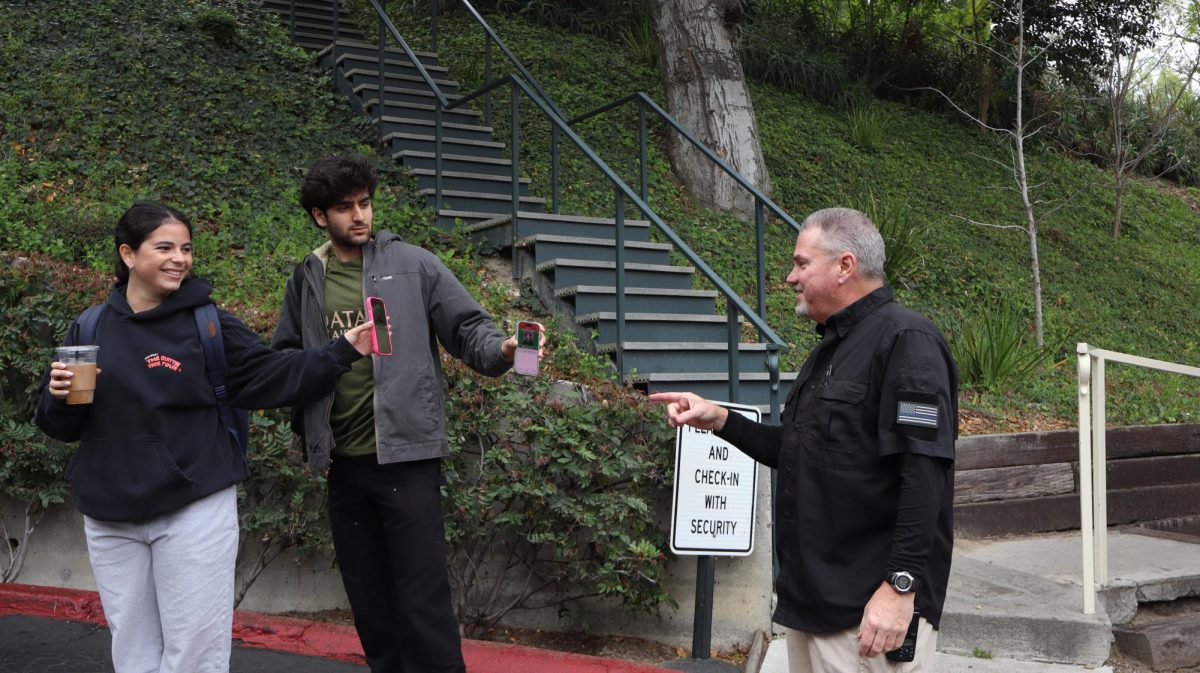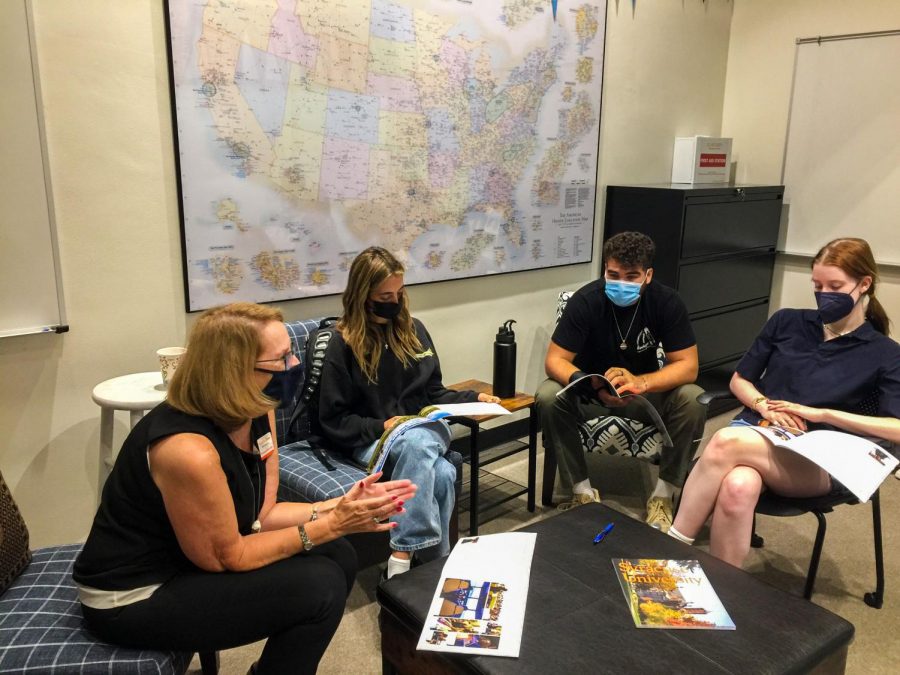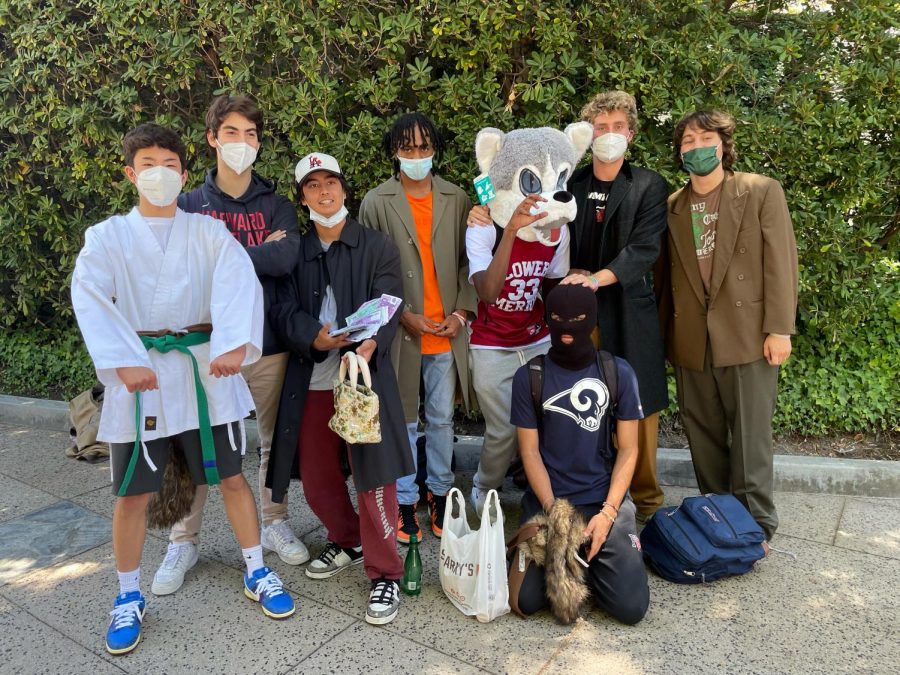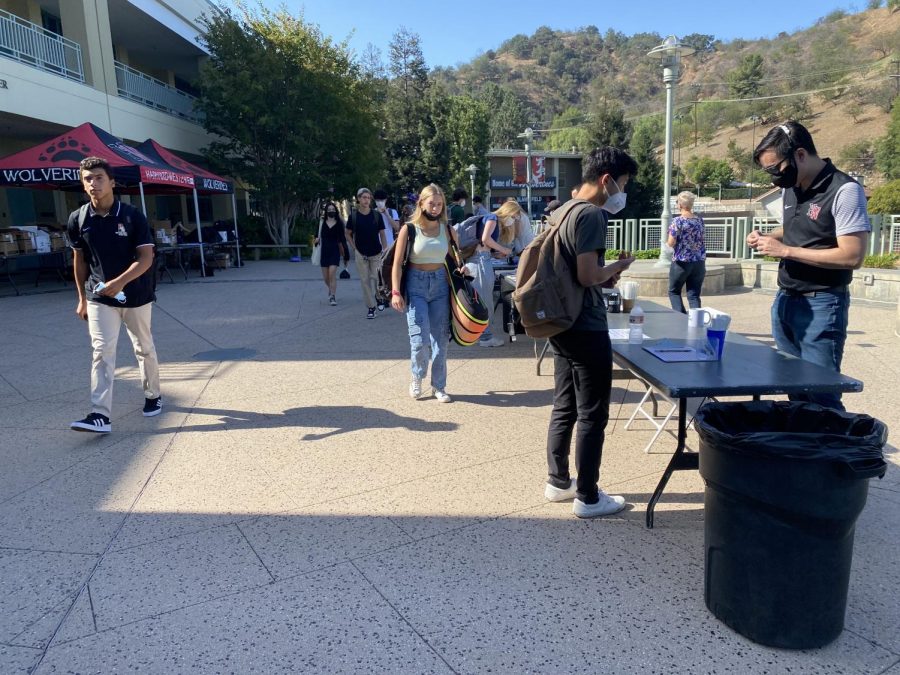Jonah Kanner, a research scientist at the California Institute of Technology, spoke about the detection of gravity waves in Ahmanson Lecture Hall on April 22.
Kanner collaborates with the Laser Interferometer Gravitational-Wave Observatory to analyze data and observe gravitational waves.
Students viewed simulations of black holes and stars merging together that illustrated how gravitational waves are created and observed in experiments.
“I thought it was very interesting when he showed us a video of the black holes and stars interacting,” Corey Marley ’20.
As an educator and research scientist at LIGO, Kanner is a part of the program that has discovered and analyzed 11 gravitational waves since its inception.
“I really like the way that quantum physics relates to space because, on such a large scale, physics tends to change dramatically,” Helen Graham ’21 said. “[The LIGO project] is on a topic that is cutting edge, and we know very little about it, so it is really fascinating to hear the kinds of experiments the researchers set up to study it.”
According to NASA, gravitational waves are ripples in space-time caused by the orbit of two massive bodies around each other.
LIGO allowed for the first direct observation of the gravitational waves theorized by Albert Einstein’s theory of general relativity.
“[Kanner gave an] easy-to-understand description of the physics behind the LIGO project,” Erik Anderson ’20 said. “It was a really special opportunity to hear from someone so involved in the scientific community.”






























